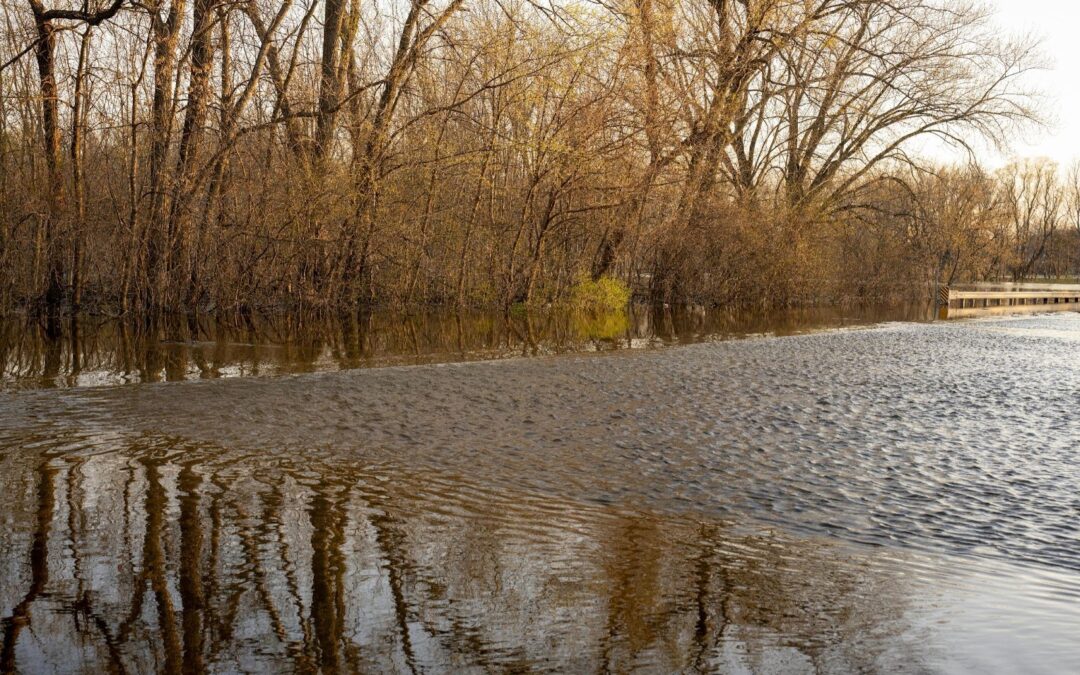Storms ravaged the Texas landscape in early July, resulting in severe winds and unprecedented flooding that left immense property and infrastructure damage in its wake. The Federal Emergency Management Agency (FEMA) has notified Central Texas homeowners, renters and businesses that they have until Sept. 4 to apply for millions in disaster recovery reimbursement for damages caused by the storm.
An initial major disaster declaration was issued July 6 to cover a subset of counties most heavily impacted by inclement weather. The declaration was later amended and expanded to include additional Central Texas counties eligible for recovery programs, with the potential for more counties to be added at a later date. A total of 10 designated counties qualified for disaster recovery funding include:
- Burnet.
- Guadalupe.
- Kerr.
- Kimble.
- McCulloch.
- Menard.
- San Saba.
- Tom Green.
- Travis.
- Williamson.
Recipients may use this funding to rent housing following displacement caused by a disaster. Additional uses include making accessibility repairs and upgrades, covering medical and dental expenses or for funerals or reburial expenses. However, the FEMA funds won’t cover losses covered by insurance, which is why the agency recommends filing claims before applying for assistance.
The storms caused widespread displacement, upending communities and forcing Texas residents to quickly find short-term shelter while they work to recover from the loss of homes, property and life. FEMA has opened Disaster Recovery Centers across the state to offer critical assistance as needed through specialists trained to helping survivors recover from storms and flooding events. While a select few of these centers have been or will soon be permanently closed, locations in Burnet, Kerr, Tom Green and Williamson remain open for an undetermined period of time.
FEMA has also released a public notice providing updates on projects that may adversely affect historic properties, are located in or affect wetland areas or floodplains or may result in ongoing vulnerability to flood damage. In the notice, the agency clarified that projects impacting wetlands or floodplains must be reviewed for relocation opportunities and other considerations. If there are no relocation opportunities, FEMA will determine what measures are available to minimize future damages.
In addition, there are certain facilities in wetlands and floodplains that typically have no feasible alternative to restoration. Qualifying facilities will receive assistance to restore them to their pre-disaster condition with added amenities to mitigate future flooding and other hazards. The criteria for these structures include:
- The cost of repairs is less than half of the cost to replace the facility and is less than $364,000.
- The facility is not located in a floodway.
- The facility has not sustained major structural damage in previous disasters.
- The facility is not critical.
For emergency facility restorations that have been undertaken to protect the health and safety of the project prior to federal involvement, FEMA will review the site and provide assistance based on its findings. Funding eligibility will depend on if the facility is functionally dependent on its floodplain location, if it facilitates an open space use or if it is an essential fact of a larger network that can’t be relocated.
Photo by Tom Fisk from Pexels

